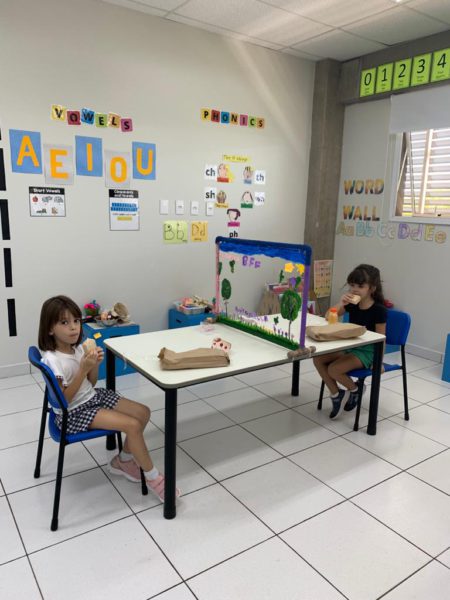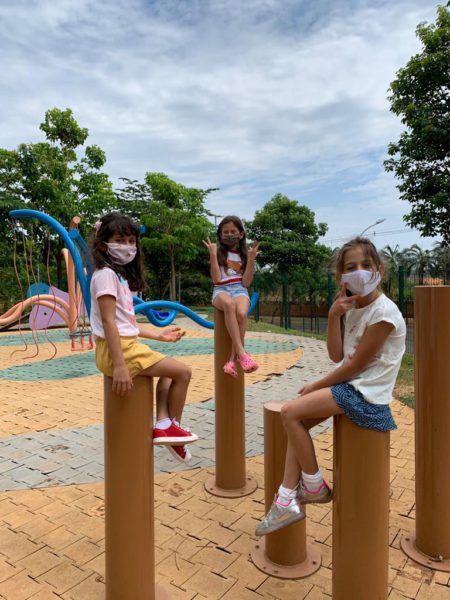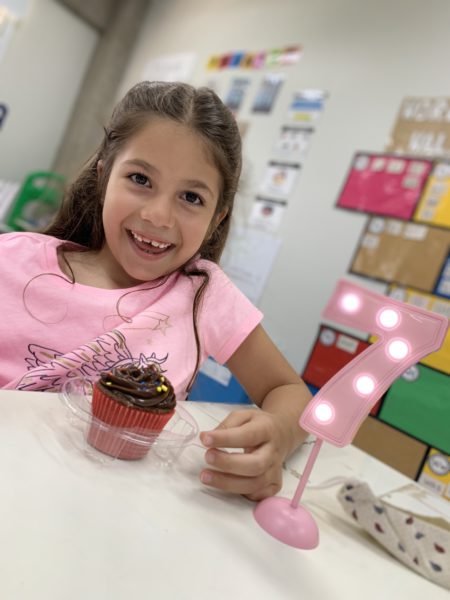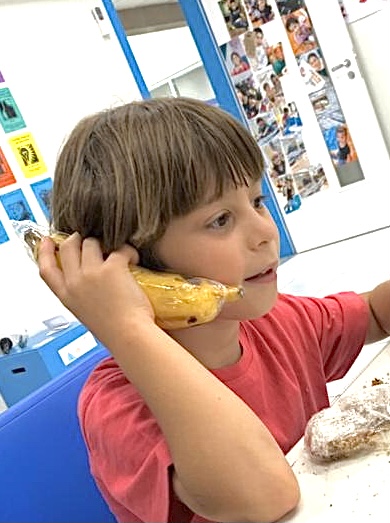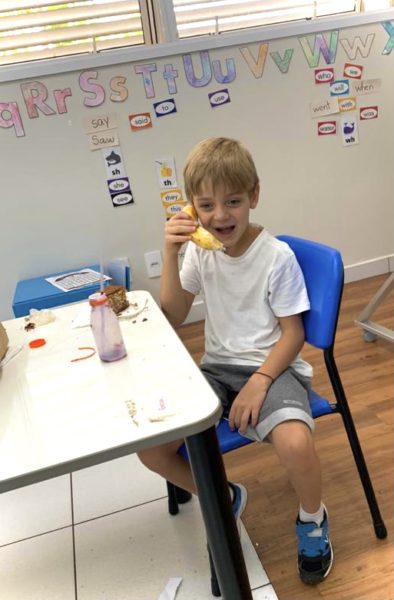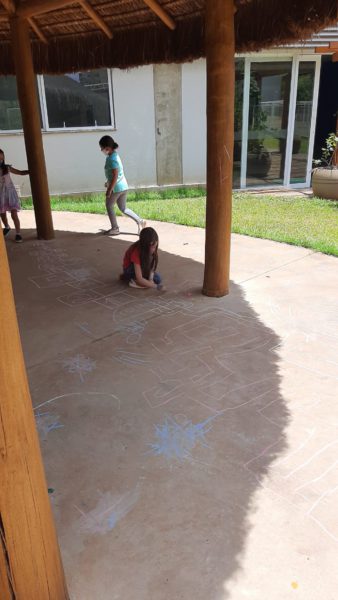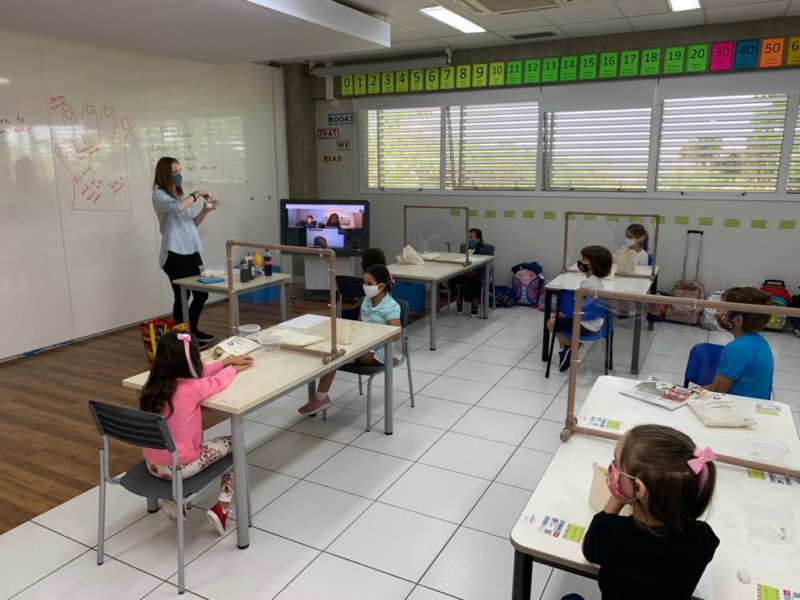The new normal: How can children bond in a period full of social restrictions?
How did the social distancing period affected children's relationships when back to in person learning?
General topic of interest
Throughout virtual learning we observed students finding new ways of bonding and having fun together. Students that enhanced their digital fluency would meet in lives after school to play with their toys and dance. Later on they found common interests regarding games and started meeting to play Minecraft or Roblox. When back to in person learning teacher decided to observe students interactions after a long time of social distancing and during a period in which school is not fully normal and students still have restrictions regarding socializing.
Participants
Pamela Santos
Luciane Coelho
Michelle Vendramine
Karen Dechechi
Data collecting approach
Teachers arranged the seatings so students would feel confortable with classmates they were close to during virtual learning. Students' interactions were observed during activities, free time and snack time and pictures were taken to illustrate the moments.
Emerging results
At the beginning of in person learning, students that hadn't seen each other in a long time were excited to be able to play together, but didn't know what they could do and how close they could get to one another. Some students showed more respect towards the new agreements involving Covid-19 protocols. After a while, procedures that were recalled constantly started to be a habit and students started to think of new ways of connecting.
Reflections
When we returned to school, after a period of social distance and virtual classes, in which touching, hugging, and close conversation were not being daily in the children's lives. It was possible to notice that students whose families have a relation out of school were less concearned about the protocols than the others, sitting on each other's tables constantly without asking for permition. However, we observed that children are capable of adaptations and reflections on this new learning, understanding that we need new ways to get closer and that we don't always need touch to show emotions and feelings. Playing can be reframed and performed in different ways.




